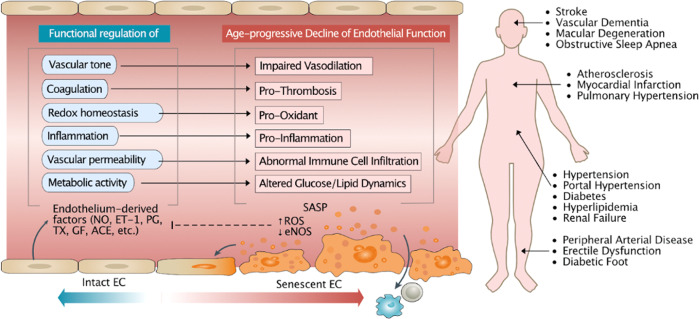Fig. 1. General overview of endothelial senescence and cardiovascular diseases (CVDs).
Endothelial senescence is characterized by an age-associated decline in endothelial function, which includes the loss of control over vasodilation, blood coagulation, oxidative stress, inflammation, immune cell infiltration, and glucose and lipid dynamics mediated by endothelium-derived factors, such as nitric oxide (NO), endothelin-1 (ET-1), prostaglandin (PG), thromboxane (TX), endothelial growth factor (EGF) and angiotensin-converting enzyme (ACE). A reduction in NO, the master regulator of the endothelium, is one of the primary factors driving these changes. Other factors include increased reactive oxygen species (ROS) levels and senescence-associated secretory phenotype (SASP) acquisition. EC endothelial cell, eNOS endothelial nitric oxide synthase.

